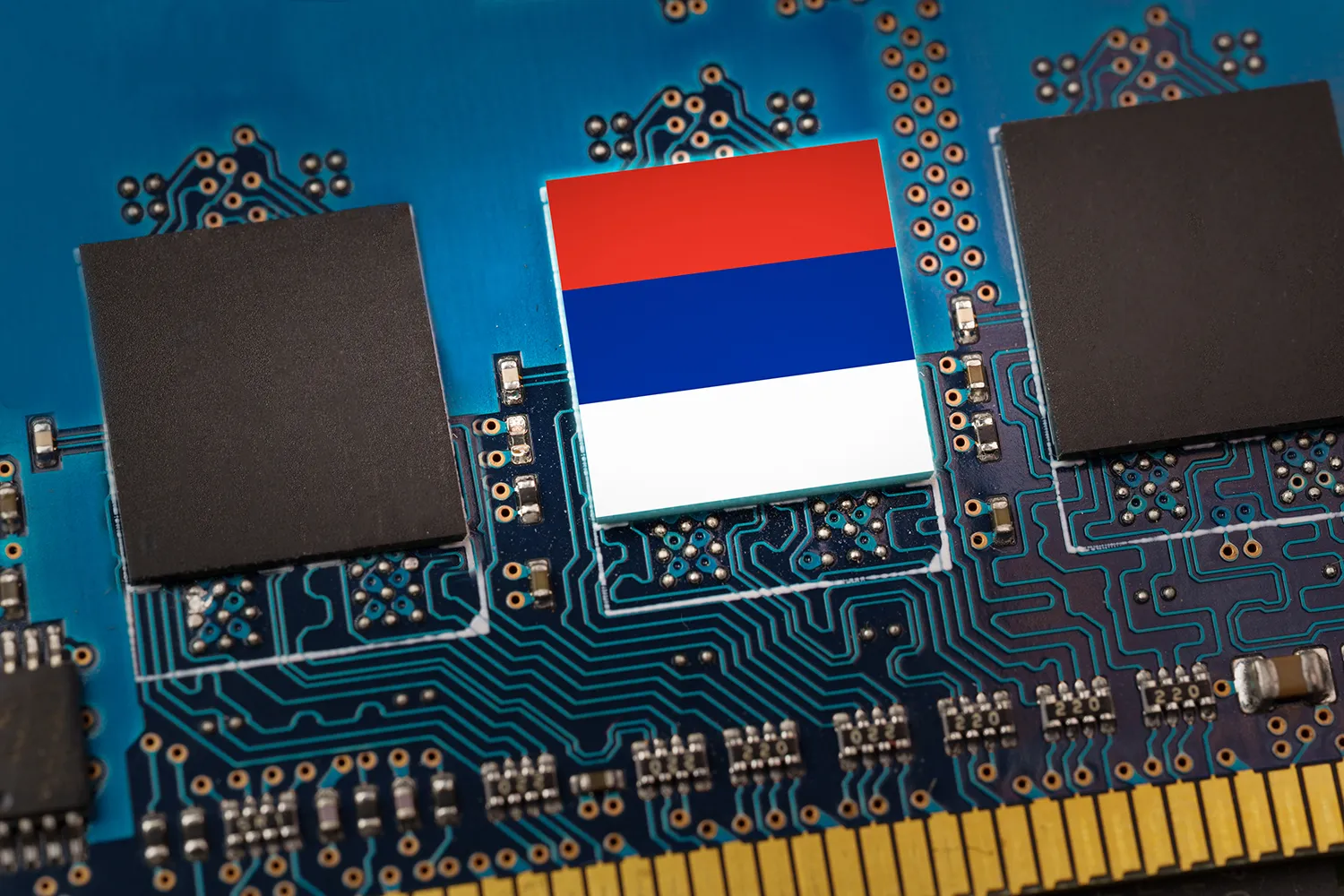On the Road to Tech Independence: 46% of Russian Organizations Switch to Domestic Network Security Solutions

Nearly half of Russian companies have fully migrated to homegrown network security products, with the majority expected to complete the shift by 2026.
Reducing Dependence on Foreign Vendors
According to research by domestic cybersecurity developer Security Code, 46% of Russian organizations have already switched entirely to domestic network security solutions. Another 14% plan to complete migration by the end of 2025, meaning 60% of organizations will be using Russian-made systems by 2026. An additional 28% expect to follow within the next few years, signaling a clear long-term trend toward technological independence.
The transition enhances transparency and control over critical IT systems, reduces reliance on foreign technologies—especially important under sanctions pressure—and potentially strengthens infrastructure resilience. In the global context, it highlights how local cybersecurity products are evolving rapidly in response to geopolitical challenges, which could draw interest from international markets.

Expanding the Import Substitution Strategy
For now, the primary focus remains the domestic market, where demand for Russian network security products is surging. Only 12% of respondents said they had no plans to migrate or would keep most of their infrastructure on foreign systems. As local products mature, export opportunities are likely to emerge, particularly in countries seeking alternatives to Western vendors.
Future demand will prioritize solutions with GOST-compliant cryptography, advanced threat intelligence, regulatory compliance, strong technical support, and flexible licensing. Vendor maturity and product quality are becoming key factors in procurement decisions, shaping the next stage of import substitution in network security.

From Antivirus to Integrated Platforms
The shift toward domestic security began in 2020 with rising adoption of Russian antivirus products, spurred by limited access to foreign options. That year, software exports increased 10% despite the pandemic, while sales of Russian vendors grew by 3–5%, according to RUSSOFT. Government initiatives played a major role: regional agencies migrated workstations and infrastructure to local technologies, and projects spread widely across the public sector.
The trend has since accelerated. In 2024, St. Petersburg’s metro replaced SAP ERP with the domestic Galaktika ERP, while telecom operator ER-Telecom swapped Oracle BI for a Russian platform called 'Management in Space'. At the same time, new threat intelligence and SIEM systems began to emerge, such as Rostelecom-Solar’s Digital Footprint module for monitoring external attack surfaces.

Investments and Export Outlook
With the main phase of migration complete, experts forecast rising investment in Russian vendors and continued product evolution. Future development is expected to focus on integrated threat intelligence, compliance-ready solutions, and cryptography, alongside sector-specific tools for finance, government, and industry. Export deals are likely to grow, particularly with markets prioritizing technological independence.
The migration marks not just a policy milestone but also a commercial one: domestic cybersecurity has become a central pillar of Russia’s digital sovereignty strategy.










































